The K-1 Visa Requirement
The K-1 visa is designed for foreign nationals who are engaged to U.S. citizens, allowing them to enter the U.S. for the purpose of marriage. Once you arrive, you must marry your U.S. citizen fiancé(e) within 90 days. If you do not marry within that period, you may be considered out of status. However, that doesn’t automatically mean you are barred from obtaining a green card.
Consequences of Not Marrying Within 90 Days
If you don’t marry your U.S. Citizen fiancé(e) within the 90-day period, you are technically violating the terms of your K-1 visa which may result in:
- Out of Status: Your K-1 status expires after 90 days, meaning you are no longer legally in the U.S.
- Risk of Deportation: Remaining in the U.S. beyond the 90-day period without marrying could make you subject to removal proceedings, though enforcement can vary depending on individual circumstances.
- Impact of Future Applications: A history of overstaying a visa can complicate future applications for immigration benefits, such as green cards.
While these consequences are serious, there is a way forward if you haven’t married yet or if the marriage occurred after the 90-day window.
What if you marry After the 90-Day Period?
If you marry your U.S. petitioner-fiancé after the 90-day period, you’re not without options. Although it’s crucial to act promptly, your marriage may still be recognized for immigration purposes, even if it happens outside the 90-day window.
The key step is filing Form I-130 (Petition for Alien Relative), which your U.S. Citizen spouse can submit on your behalf. This form is the first step toward obtaining lawful permanent resident status (a green card), and it’s important to demonstrate the legitimacy of your relationship. Under these circumstances the process includes:
- Submitting Form I-130: Your U.S. Citizen spouse will need to file Form I-130 (Petition for Alien Relative) with U.S. Citizenship and Immigration Services (USCIS), providing evidence of your legitimate marriage. This could include documents such as your marriage certificate, shared photographs, and proof of shared finances or living arrangements.
- Approval of I-130 Petition: Once USCIS your petition, you will be to procced with applying for a green card.
- Submitting Form I-485: As an individual married to a U.S. Citizen and residing in the U.S. you can apply to adjust your status to that of a lawful permanent resident (green card holder) without leaving the country. This process will involve additional forms, including Form I-485 (Application to Register Permanent Residence or Adjust Status).
- Waivers and Relief Options: If you’ve overstayed your K-1 visa or have other immigration-related concerns, there may be waivers or relief options available. An immigration attorney can help determine if you qualify for such waivers, allowing you to proceed with your green card application despite previous violations.
Why Work with an Experienced Immigration Attorney?
If you are facing the dilemma of a missed 90-day marriage deadline it’s crucial to take action now. Contact us today to discuss your case and understand your options for continuing your immigration process. The road to permanent residency is still open and we at Rokas Law Office PLLC are here to help you every step of the way.








